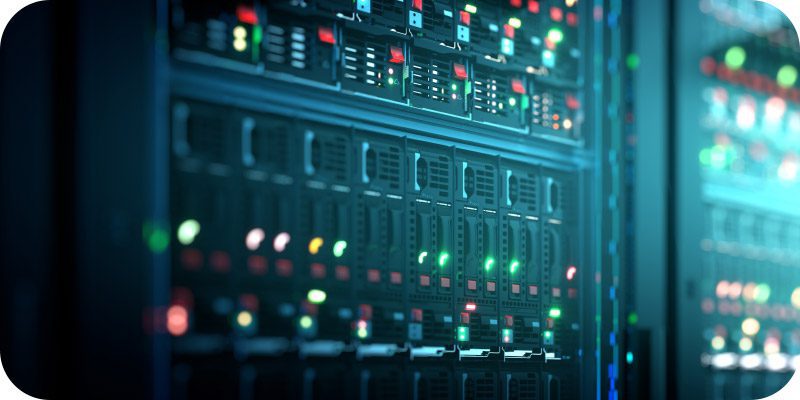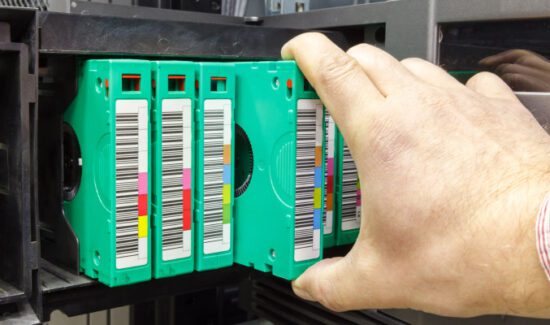Nuclear Energy’s Evolving Role in the Data Center


DataBank’s Head of Sustainability Jenny Gerson offers commentary on nuclear energy’s evolving role in the data center. This article originally appeared in Insight Jam, an enterprise IT community that enables human conversation on AI.
The data center industry continues to grow, fueled by increased demand for AI, cloud computing, and digital products and services that have become an essential part of everyday life. However, this rapid growth also presents a real challenge since data centers already consume massive amounts of energy, placing immense pressure on power grids and raising serious sustainability concerns.
According to Goldman Sachs Research, power demand from data centers is projected to rise by more than 160 percent by 2030 as compared to 2023 levels. While renewable energy sources such as solar and wind can help meet some of the demand, they don’t produce power consistently enough to be the only energy source for data centers.
To address this scenario – and potentially future-proof their businesses – the entire industry is now exploring nuclear energy as a reliable, carbon-free power source to meet its escalating energy needs. For proof, consider these recent developments:
-
Amazon Web Services (AWS) recently signed a contract for 960 megawatts (MW) of capacity from a nuclear power plant in Pennsylvania.
-
Microsoft also signed a deal to secure electricity for its Mid-Atlantic region from the Three Mile Island nuclear power plant.
-
Google announced its own deal where it will use small nuclear reactors to power its AI data centers. The company hopes to bring its first reactor online by 2030.
-
Many European governments have already demonstrated their commitment to nuclear energy as part of sustainable operations.
These moves represent a larger shift in how the data center industry is thinking about its long-term energy strategy. As power demands continue to rise, nuclear energy is emerging as a viable solution to support future growth.
The Benefits of Nuclear Power Plants for the Data Center Industry
Unlike solar and wind, which depend on weather conditions as well as batteries and other storage options, nuclear power is capable of generating electricity around the clock, ensuring consistent energy availability. This is especially critical for data centers, which require uninterrupted power to maintain uptime, support AI workloads, meet customers’ SLAs, and provide seamless digital experiences.
In addition to benefits related to reliability, nuclear energy aligns with the industry’s sustainability goals by reducing the reliance on fossil fuels. Data center operators are under increasing pressure to minimize their carbon footprint – for example, DataBank has announced its commitment to net carbon neutrality by 2030 – and while renewable energy sources play a role, they still require backup from coal or natural gas plants. Nuclear power produces zero carbon emissions during operation, making it a viable option for any data center looking to reduce its reliance on fossil fuel-based energy and meet similar net-zero goals.
Small modular reactors (SMRs) are now gaining attention as a suitable nuclear option for data centers due to their smaller size, lower cost, and potential for faster development. When deployed near data center hubs, SMRs can reduce transmission losses and increase overall energy efficiency. Although the initial cost of building SMRs remains high, their long lifespan and ability to generate power at a predictable cost make them an attractive long-term solution for meeting data center’s energy demands.
Navigating the Challenges of Nuclear Power
Yet it’s safe to say that nuclear power also presents several real challenges that the data center industry must carefully consider.
One of the most significant is the high upfront costs and long development timeframes associated with building new nuclear plants and SMRs. Hyperscalers and data center operators must also contend with complex, time-consuming regulatory hurdles and permitting processes, which could delay or even derail potential projects.
Another key concern is nuclear waste. While nuclear energy itself produces no carbon emissions, it does create radioactive waste that must be stored safely for decades, if not centuries. Although modern advancements in waste recycling and storage have improved, the long-term disposal of spent fuel remains a contentious issue that may influence a “not-in-my-backyard” reaction from communities where the reactors may go.
Additionally, nuclear energy continues to face public skepticism, in part due to high-profile accidents that have left lasting concerns about safety and environmental risks. While newer reactor designs are significantly safer, overcoming public and political resistance may be a challenge for widespread adoption in the data center industry.
The Path Forward: Nuclear Energy in the Data Center Industry
With significant investments from the private sector in emerging technologies, the opportunity for more efficient, cost-effective nuclear power is becoming increasingly viable and is likely to be a significant source of energy in the future. For data center operators looking to access reliable, low-carbon energy, nuclear power can be a reliable, scalable option in a larger energy strategy to best meet the challenges of an increasingly energy-demanding industry.
- Nuclear Energy’s Evolving Role in the Data Center - May 13, 2025





















